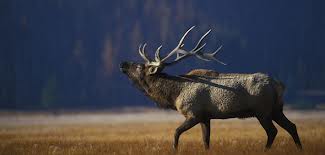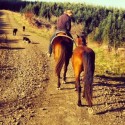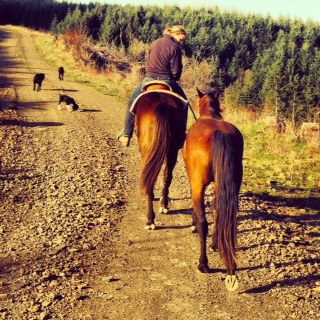
Over the last several years through numerous blog posts and comments Cascadia Wildlands has been forwarding two important notions. The first is that state wildlife commissions (and therefore agencies) in the West are too beholding to resource-oriented industries such as ranching, timber, mining and energy interests at the expense of hunters, anglers and our ever-dwindling wildlife legacy.
And, at the same time, western wildlife commissions are too accepting of the ideas forwarded by some extreme hunting groups that increasingly reflect the views of these same resource-dependent industries such as increasing clearcuts, aggressive predator control, protection of public lands grazing and more road creation for access rather than hitting the conservation sweet spots of habitat restoration, wilderness preservation, road retirement and water quality improvement. In essence, both the commissions and these more trophy hunting-oriented groups have been quietly coopted by the very elements that do damage to the natural resources needed by all wildlife and fish.
The most recent and troubling example involves the issue of hoof rot in Washington State’s Roosevelt elk herds. No one knows for sure at this point what is causing the hoof rot in southwestern Washington, but there are a lot of candidates both of a direct and indirect nature. One hypothesis that was put forth recently is that there is some link between combinations of factors that could include herbicide use by the forest products industry and a bacterial infection known as leptospirosis. Leptospirosis often causes severe muscle pain in mammals which might explain the limping observed in these elk as well as the lack of hoof wear on the sore legs. Leptospirosis has been present in Washington for decades.
As a wildlife biologist who frequently looks at complex interactions, I can appreciate a scenario that includes multiple causes such as massive habitat changes and herbicide use that put elk in a vulnerable condition so they present the variety of symptoms we are observing with this hoof rot phenomenon. But the idea of this being driven by leptospirosis or via an herbicide link—either through decreased habitat quality or consumption effects—has been met with apparent resistance in spite of efforts by a retired public health researcher and an expert on leptospirosis detection, Dr. Boone Mora, and hunter Jon Gosch who has written two well-researched blog posts on the topic. In addition, farrier Krystal Davies has also made a rather cogent argument for this being laminitis associated with or driven by herbicides.
Visit www.cascwild.org/of-roosevelt-elk-bacteria-hooves-and-herbicides to read the entire article.


